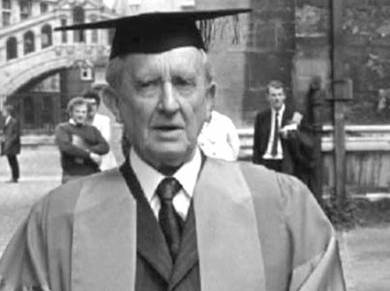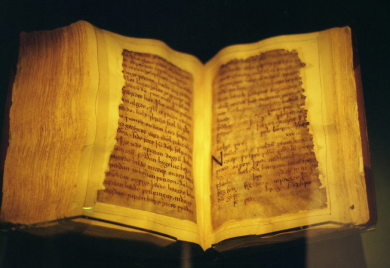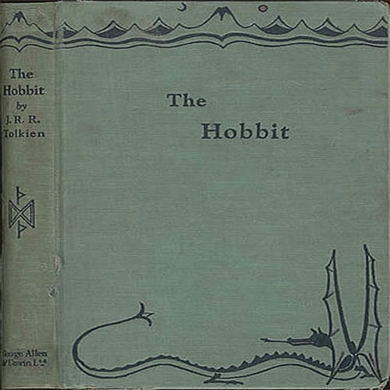
From ent to orc: how Tolkien recycled medieval sources
Besides being the author of such a classic work of literature as The Hobbit, Tolkien was also Professor of English Language and Literature in Oxford. How did he incorporate his research in his fiction? An international conference on the subject is being held in Leiden on 18 June.
‘Fiction was too much of a distraction for Tolkien’
He was a professor for 40 years. Even so, John Ronald Reuel Tolkien (1892-1973) published relatively few scientific works: just thirty articles and no books at all in all that time. A small number of articles about medieval languages are still valued and used, Thijs Porck, co-organiser of the conference, explains.

How do other academics regard Tolkien? Contemporary researchers still cite his discourse on the medieval poem Beowolf, according to Porck. ‘Tolkien was a well-known and respected academic even in his own lifetime. His colleagues thought it was a pity that he devoted so much time to his fictional books, like The Hobbit, because it was too much of a distraction from his academic work.’
Dragon scene from Beowulf
But Tolkien incorporated a lot of his academic knowledge of old medieval languages into his fiction. Ent, orc and warg, for example, are Old English words, as are the names of the Rohirrim horse people in Lord of the Rings. Many of the themes Tolkien uses come from old sagas and poems. The scene in The Hobbit where Bilbo disturbs the dragon Smaug, for example, is a scene that Tolkien borrowed straight from Beowulf.

Cosmology in Tolkien’s work
At the conference, academics from ten different countries will highlight different aspects of Tolkien’s work. Leiden astronomer Simon Portegies Zwart will talk about the cosmology in Tolkien’s work, comparing Tolkien’s universe to our present-day knowledge of the cosmos.
Discovery of a medieval map
Porck is giving a lecture on Tolkien’s use of Anglo-Saxon sources. He discovered in a medieval document a map that looked remarkably like a dwarf map in The Hobbit. Both maps show the north to the left and they also contain references and comments, for example, on the presence of animals.

Tolkien’s heritage very much alive
Different researchers will also present their own new insights at the conference, for example, on how Tolkien worked his knowledge of French, Finnish and Norwegian (Gandalf means ‘elf with the magic staff’ in Norwegian) into his fiction, and on Tolkien’s place in the contemporary academic world. Porck is keen to stress that Tolkien’s heritage is very much alive today. Every year sees the publication of new academic articles that provide additional insights and there are even academic magazines that focus exclusively on Tolkien.
Popular among students
Tolkien is also a great hit among students. This year for the first time Porck is teaching a master’s course on Tolkien’s work. As well as learning about Tolkien’s fiction, students also study his academic work. ‘Thanks to Tolkien, new generations of students continue to come into contact with Old English, in a way that’s both fun and interesting.’
(LvP)
